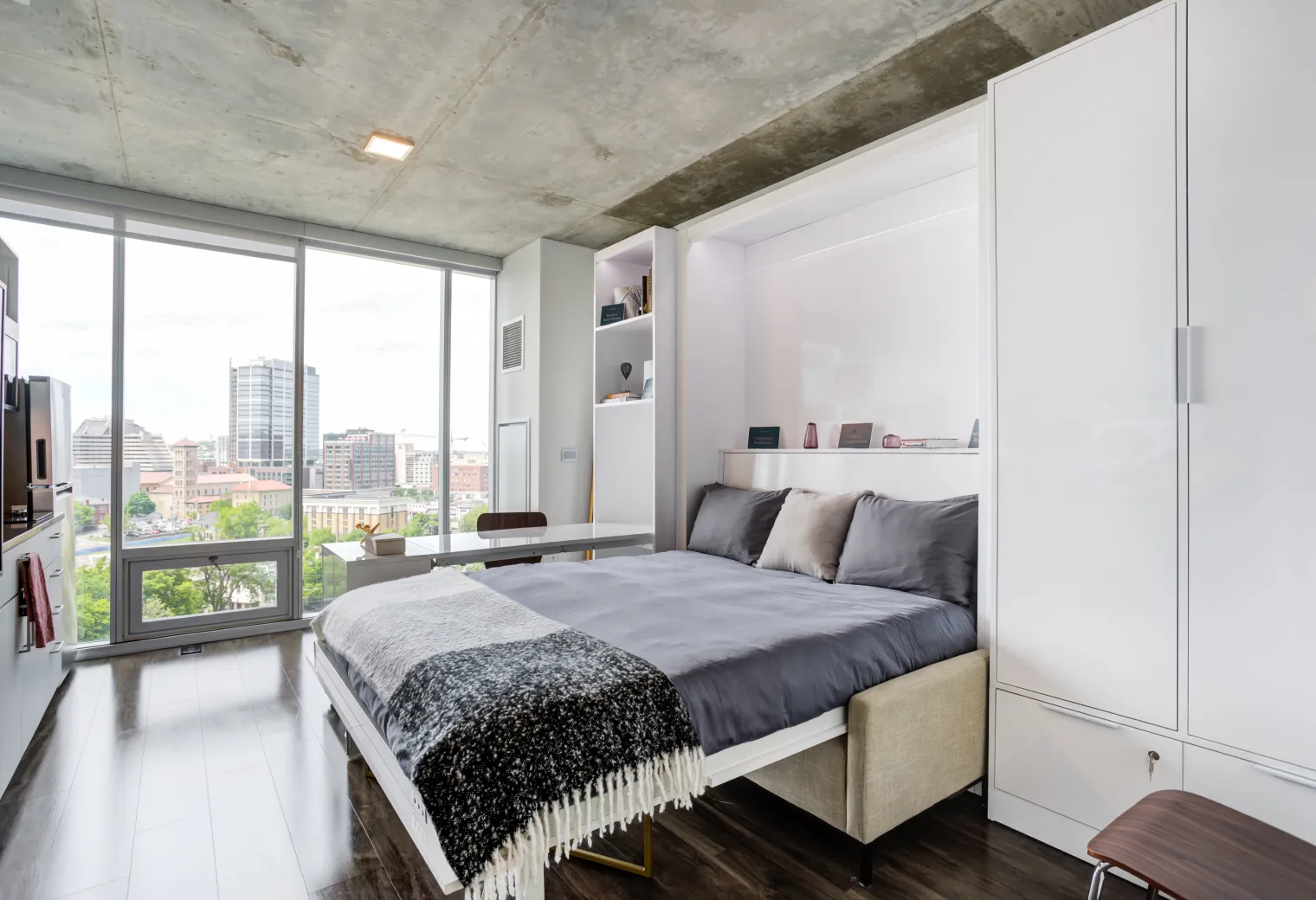Shared living is an increasingly popular housing choice emphasizing collaboration, cost-sharing and connection. It’s a flexible lifestyle that benefits people from all walks of life, from young professionals seeking affordable options in busy cities to families pooling resources in multigenerational households. For older adults or those with intellectual and developmental disabilities, shared living can also provide meaningful support and a sense of community.
This guide explores what shared living is, its benefits and why it’s becoming an increasingly popular lifestyle choice.
Financial Advantages
Shared living offers significant financial advantages by reducing individual expenses through cost-sharing. According to apartments.com, the average rent in the United States is $1,560 (as of December 2024), but rent varies significantly by location. For example, the average rent in California is around $2,155 per month, while in Oklahoma, it’s approximately $885 per month. If you’re reading this, you probably live or are considering living in Nashville, Tennessee, where the average monthly rent is about $1,657. Opting for shared living can make housing more affordable by dividing rent costs among multiple occupants.
Living alone often means covering all expenses independently — from rent and utilities to Wi-Fi. On average, utility costs in the U.S. run about $429.33 per month. In shared living arrangements, these costs are split, significantly reducing the financial burden on each individual. Additionally, shared living eliminates the need to furnish an entire apartment alone, potentially saving hundreds of dollars (or more) on furniture and appliances.
Another type of shared living arrangement includes programs for adults with intellectual and developmental disabilities, which provide a supportive, family-style environment where caregivers share a home with the individuals they assist. These caregivers often receive financial support such as tax-free stipends from state or federal agencies to help cover living expenses.
Emotional and Social Benefits
Shared living goes beyond practical advantages; it can significantly enhance your emotional and social well-being. From building strong connections to feeling more secure in your living space, sharing a home offers unique opportunities to improve your quality of life. Here’s how shared living can positively impact your mental and emotional health.
Companionship and Emotional Support
Sharing a living space can lead to building meaningful relationships, as roommates bond over shared experiences like cooking meals, watching movies or simply talking about their day. This social connection can be especially valuable for those who have recently moved to a new city or are adjusting to a significant life change, offering stability and belonging.
Peace of Mind
Shared living also provides an added layer of security. For older adults or individuals who may feel vulnerable living alone, having a roommate or housemate nearby can bring reassurance. Whether it’s knowing someone is there in case of an emergency or simply feeling safer in a shared space, the presence of another person can significantly enhance peace of mind.

Practical Advantages
Shared living brings a host of practical benefits that simplify day-to-day life and offer flexibility to suit various lifestyles and needs. Here’s how it can enhance convenience and adaptability.
Shared Responsibilities
Living with others often means dividing household chores like cooking, cleaning and managing bills. By sharing these tasks, residents can save time and energy, reducing the stress of maintaining a home alone. At Kenect, individual leases simplify roommate arrangements, while in-house cleaning services make it easier to keep shared spaces tidy, ensuring a harmonious and convenient living experience.
Community Support
In shared living arrangements involving caregivers or support services, residents benefit from personalized assistance that goes beyond basic convenience. These setups often include tailored support such as help with transportation, meal preparation or personal care, ensuring individuals can live comfortably while maintaining their autonomy.
Flexibility in Living Situations
Whether it’s short-term arrangements for students and young professionals or customized living options for adults with intellectual or developmental disabilities, shared living adapts to diverse needs. It accommodates changing circumstances, offering stability and a supportive environment when life transitions demand it most.
Pros and Cons of Shared Living
Pros of Shared Living
- Affordability and Cost Savings: Shared living allows individuals to split expenses like rent, utilities and maintenance, making housing more financially accessible.
- Built-in Community: Living with others provides immediate opportunities for social interaction and emotional support, reducing feelings of loneliness.
- Shared Responsibilities: Tasks like cleaning, cooking and managing bills can be divided among residents, lightening the workload for everyone.
Cons of Shared Living
- Limited Privacy: Sharing a space often means less personal room and the need to navigate boundaries.
- Noise and Disruptions: Differing schedules and habits can lead to conflicts over noise levels or shared spaces.
- Adjusting to Roommates’ Habits: Living with others requires adapting to diverse lifestyles, which may include challenges like differing cleanliness standards or communication styles.
Tips for Overcoming Challenges
- Ground Rules: Create agreements about chores, guest policies and shared expenses to ensure harmony in the household.
- Clear Communication: Establish open lines of dialogue to address issues as they arise and set expectations early.
- Set Boundaries: Define expectations for quiet hours, shared responsibilities and personal space upfront to help minimize misunderstandings.

Shared Living for Specific Demographics
Family Members and Multigenerational Living
Living in a multigenerational household allows family members to share resources and responsibilities, creating a true sense of home and community. Older adults or those requiring caregiving benefit from emotional support and practical assistance, while younger family members can contribute to the household and save money by splitting the costs. This type of shared living situation helps foster stronger bonds while reducing individual financial burdens.
Adults With Intellectual and Developmental Disabilities
Shared living programs for individuals with intellectual and developmental disabilities are designed to provide personalized care in a residential setting. These arrangements often pair residents with live-in caregivers who assist with daily activities while encouraging independence and social interaction. Such programs can also help reduce costs through financial incentives for caregivers, creating a supportive and sustainable living environment for all involved.
Young Professionals and Students
Young professionals and students often have limited financial resources, making shared living an appealing and practical option. Splitting rent, utilities and household responsibilities helps reduce expenses, which can be particularly beneficial during the early stages of building a career or pursuing education. Additionally, the communal nature of shared living provides opportunities to network, build friendships and create a supportive environment during this transitional phase of life.

The Future of Shared Living
As housing costs rise and the demand for flexible living arrangements grows, shared living stands out as a viable solution that promotes community, affordability and a better quality of life. Whether you’re looking to split costs, build meaningful relationships or find a living situation that supports unique needs, shared living offers an opportunity to thrive.
If you’re ready to embrace the benefits of shared living, Kenect Nashville provides the perfect backdrop. Our shared roommate living spaces combine privacy, independence and a welcoming community to create a home where you can thrive. With modern apartments, premium amenities and a vibrant social environment, Kenect Nashville is more than just a place to live — it’s where you connect, grow and make the most of your city experience.Have questions, or are you ready to explore your options? Book a tour of the Kenect Nashville today! for your stay.




